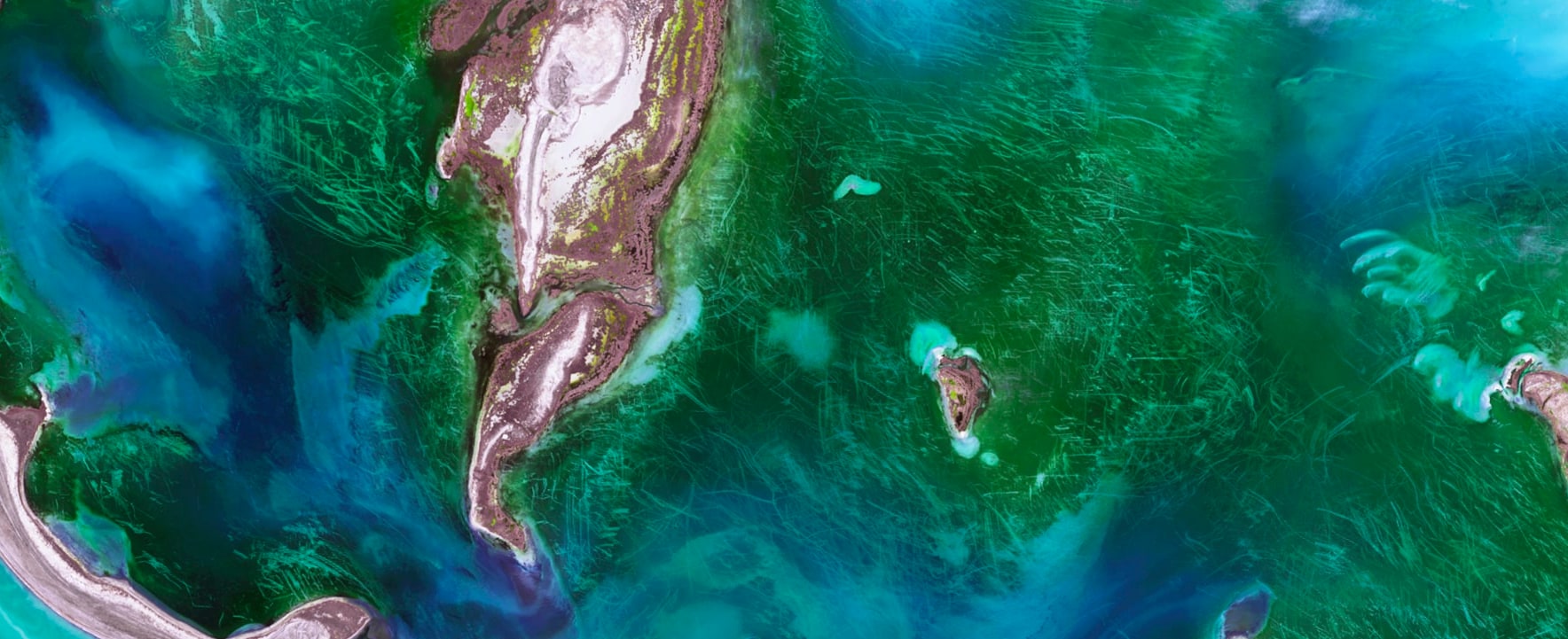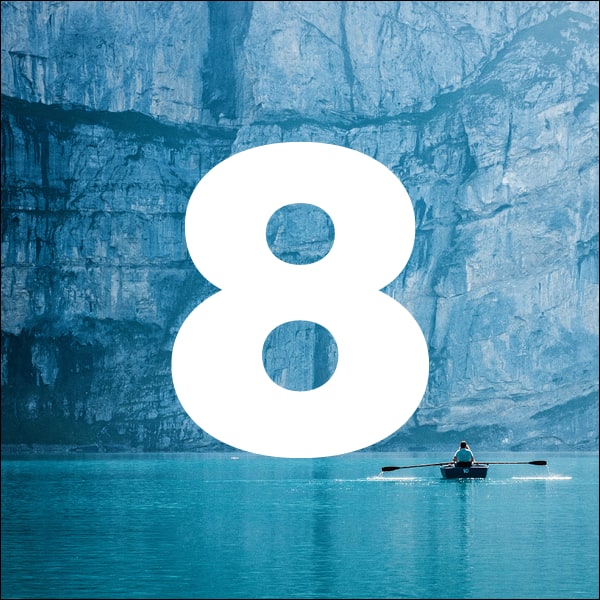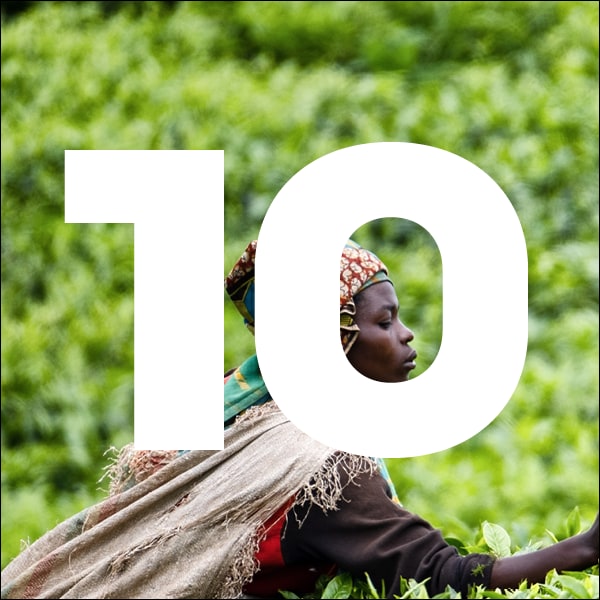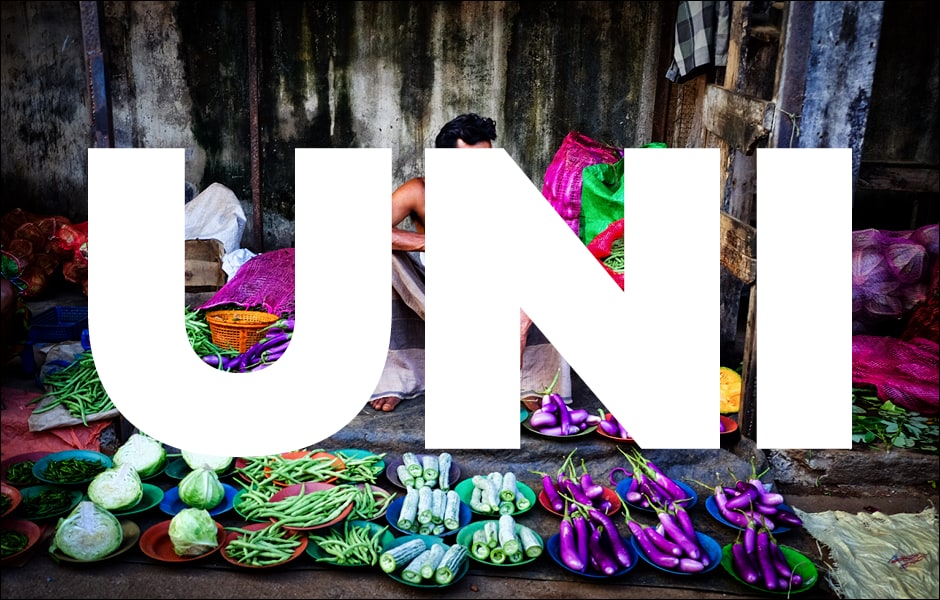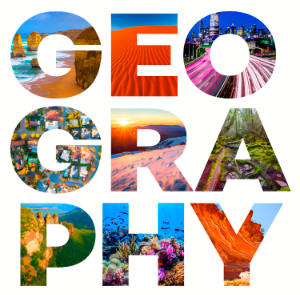STUDY GEOGRAPHY
The content on this page provides students, and their parents/caregivers, with an overview of what is studied in Years 7-12.
Geography is mandatory in Australian schools until Year 8, except for NSW and Victoria where it is mandated until Year 10. After Year 8, in most states and territories, Geography is offered as an elective from Years 9-12. Another way to get involved with Geography is through the Australian Geography Competition which is open to all Australian Schools each year.
The Australian Curriculum: Geography outlines how Geography might be taught at each year level from 7-12. This guidance is outlined below. Please note that each state and territory have differences in what they deliver, but these examples from the Australian Curriculum give a good idea of the kind of topics that might be studied at each year level.
In addition to learning about the content, Geography also gives you transferable skills which can help in a range of different subject areas or disciplines. The ‘capabilities’ are variously described as soft, enterprise or transferable skills, and are increasingly sought by employers. Those gained from the study of geography include:
|
|
These are also the capabilities needed by young people to successfully navigate their way through varying career paths in different occupations and industries during their working life, which is rapidly becoming the career path of the future.” (Academy of Sciences).
YEAR 7
Year 7 Geography features two units of study: Water in the world and Place and liveability. *
In Water in the world, students study water as an example of a renewable resource. They examine the many uses of water, the ways it is perceived and valued, its different forms as a resource and the ways it connects places as it moves through the environment. They also study the issue of water scarcity.
In Place and liveability students focus on the concept of place through an investigation of liveability. They study the factors that influence liveability and how it is perceived, the idea that places provide us with the services and facilities needed to support and enhance our lives, and that spaces are planned and managed by people.
*Students in NSW study Landforms and Landscapes and Place and Liveability in Year 7.
YEAR 8
Year 8 Geography features two units of study: Landforms and landscapes and Changing nations. *
In Landforms and landscapes, students study landscapes and their landforms. They examine the processes that shape individual landforms, the values and meanings placed on landforms and landscapes by diverse cultures, hazards associated with landscapes, and management of landscapes.
In Changing nations students investigate the changing human geography of countries, as revealed by shifts in population distribution. They focus on the spatial distributions of populations as an indicator of economic and social change which has significant environmental, economic and social effects, both negative and positive. The unit has a special focus on the process of urbanisation and its impacts in Australia and elsewhere.
*Students in NSW study Water in the world and Interconnections in Year 8.
YEAR 9
Year 7 Geography features two units of study in the Year 9: Biomes and food security and Geographies of interconnections.
In Biomes and food security students investigate the role of the biotic environment and its role in food and fibre production. Students study the world’s principal biomes, their alteration and significance as a source of food and fibre, and the environmental challenges and constraints on expanding food production in the future. Food production and food security are investigated using studies drawn from Australia and across the world.
In Geographies of interconnections, students investigate how people, through their choices and actions, are connected to places throughout the world. In doing so, they study how these connections help to make and change places and their environments. The interconnections include the products people buy and the effects of their production on the places that make them. Students also examine the ways that transport and information and communication technologies have made it possible for an increasing range of services to be provided internationally, and for people in isolated rural areas to connect to information, services and people in other places.
YEAR 10
Year 10 features two units of study: Environmental change and management and Geographies of human wellbeing.
In Environmental change and management students undertake an in-depth study of a specific environment. The unit begins with an overview of the environmental functions that support all life, the major challenges to their sustainability, and the environmental world views that influence how people perceive and respond to these challenges.
In Geographies of human wellbeing the focus shifts to an investigation of global, national and local differences in human wellbeing between places. Students examine the different concepts and measures of human wellbeing, and the causes of global differences in these measures between countries. They also explore the spatial differences in wellbeing within and between countries and evaluate the differences from a variety of perspectives. Also examined are the programs designed to reduce the gap between differences in wellbeing.
YEARS 11 & 12
The Australian Curriculum: Geography provides four units to be studied in Years 11 and 12.
Unit 1: Natural and ecological hazards
Natural and ecological hazards are a potential source of harm to people’s wellbeing, health, income and property. They may also affect elements of the biophysical, managed and constructed elements of environments.
The unit focuses on identifying potential risks and managing them in ways that eliminate or minimise harm to people and the environment. Risk management, in this context, refers to prevention, mitigation and preparedness. Prevention is about things we can do to prevent a hazard from occurring. Mitigation is about reducing or eliminating the impact of the hazard does happen. Preparedness refers to actions taken to create and maintain the capacity of communities to respond to, and recover from, natural disasters, through measures such as planning, community education, information management, communications and warning systems.
The natural hazards that can be studied include atmospheric, hydrological and geomorphic hazards, for example, storms, cyclones, tornadoes, frosts, droughts, bushfires, flooding, earthquakes, volcanoes and landslides. The ecological hazards that can be studied include environmental diseases/pandemics (toxin-based respiratory ailments, infectious diseases, animal-transmitted diseases and water-borne diseases) and plant and animal invasions.
Unit 2: Sustainable places
In Sustainable Places, students focus on the economic, social and environmental sustainability of places. While all places are subject to changes produced by economic, demographic, social, political and environmental processes, the outcomes of these processes vary depending on local responses and adaptations.
On a global scale, the process of urbanisation has created a range of challenges for both urban and rural places. How people respond to these challenges, individually and collectively, will determine the sustainability and liveability of places into the future.
The challenges faced in places include population growth and decline, employment, economic restructuring, transport infrastructure needs, housing, demands for improved health and education services, and other matters related to liveability.
In Australia’s metropolitan and regional cities, the challenges may also include managing economic growth, urban sprawl, car dependency, environmental degradation, abandoned land, and deficiencies in urban planning, service provision and management. In rural and remote places, the challenges may include lack of employment for young people, lack of educational services, poor transportation connections to major centres, closure of a major industry, lack of service provision, isolation and remoteness.
Students examine how governments, planners, communities, interest groups and individuals try to address these challenges to ensure that places are sustainable.
Unit 3: Landcover transformations
In Land Cover Transformations students focus on the changing biophysical cover of the earth’s surface, its impact on global climate and biodiversity, and the creation of anthropogenic biomes (those transformed or influenced change by people, either directly or indirectly).
In doing so, the unit examines the processes causing a change in the earth’s land cover such as deforestation, the expansion and intensification of agriculture, rangeland modification, land and soil degradation, irrigation, land drainage, land reclamation, urban expansion and mining.
These processes have altered local and regional climates and hydrology, damaged ecosystem services, contributed to the loss of biodiversity, and altered soils. The processes have also changed the global climate through their interaction with atmospheric processes, and climate change is, in turn, producing further transformations in land cover.
The scale at which these processes now occur is so extensive that there no longer exist any truly ‘natural’ environments. All environments are, to a greater or lesser extent, modified by human activity.
The unit provides students with a comprehensive and integrated understanding of processes related to land cover change, and their local and global environmental consequences. It also examines and evaluates the ways people seek to reverse the negative effects of land cover change.
Unit 4: Global transformations
In Global transformations, students focus on the process of international integration (globalisation) as a conceptual ‘lens’ through which to investigate issues in human geography. In doing so, it integrates the sub-disciplines of economic and cultural geography and political geography. Economic geography involves the study of the changing location, distribution and spatial organisation of economic activities across the world, while cultural geography focuses on the patterns and interactions of human culture, both material and non-material. Both sub-disciplines make an important contribution to our understanding of the human organisation of space. Political geography examines the spatial consequences of power at all scales from the personal to the global.
The topic provides students with an understanding of the economic and cultural transformations taking place in the world today, the spatial outcomes of these processes, and their political and social consequences. It will better enable them to make sense of the dynamic world in which they will live and work. It will also allow them to be active participants in the public discourses and debates related to such matters.
UNIVERSITY
“The QS World University Rankings of Departments, which are based on reputation with academics and employers, and citation counts, provides an international measure of the standing of Australian geography.
In 2018, eight of the 22 Australian universities with a geography major were in the top 100 in the world. In comparison, only seven Australian universities were in the top 100 for economics and econometrics, nine were in the top 100 for environmental sciences, and seven were in the top 100 for overall university ranking.”
“Both breadth of knowledge and the capabilities of geography graduates are valued in a wide variety of careers. In the UK, data suggest that many geography graduates get jobs in banking, finance, marketing and other types of business. In fact, one advantage of a geography degree is that it does not have a set career path but can lead in many directions
Careers for geography graduates
A major in geography leads to two types of careers. One uses specifically geographical knowledge and skills in careers in environmental management, environmental policy, natural hazard management, urban planning, regional development, geographical information systems, applied economic and social research, market research, teaching, tourism and travel, and other fields. Some of these careers require further study for a professional qualification, as in the case of urban planning and teaching.
The other type of career is based on the broad knowledge base and general capabilities gained through studying geography. The broad knowledge base includes the ability to comprehend information and ideas from the natural and human sciences, and a better understanding of the world and its diversity of places, environments and peoples.
